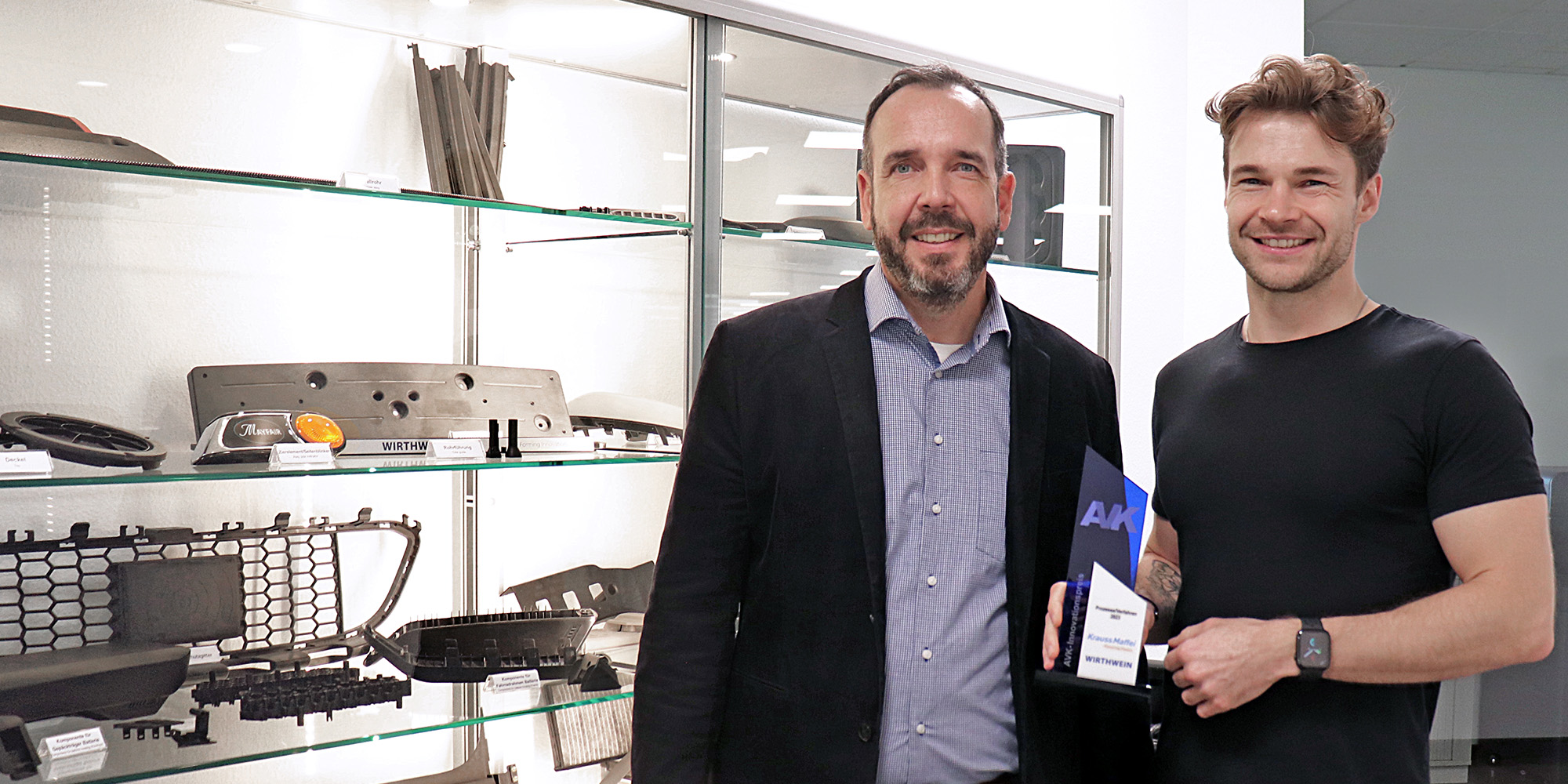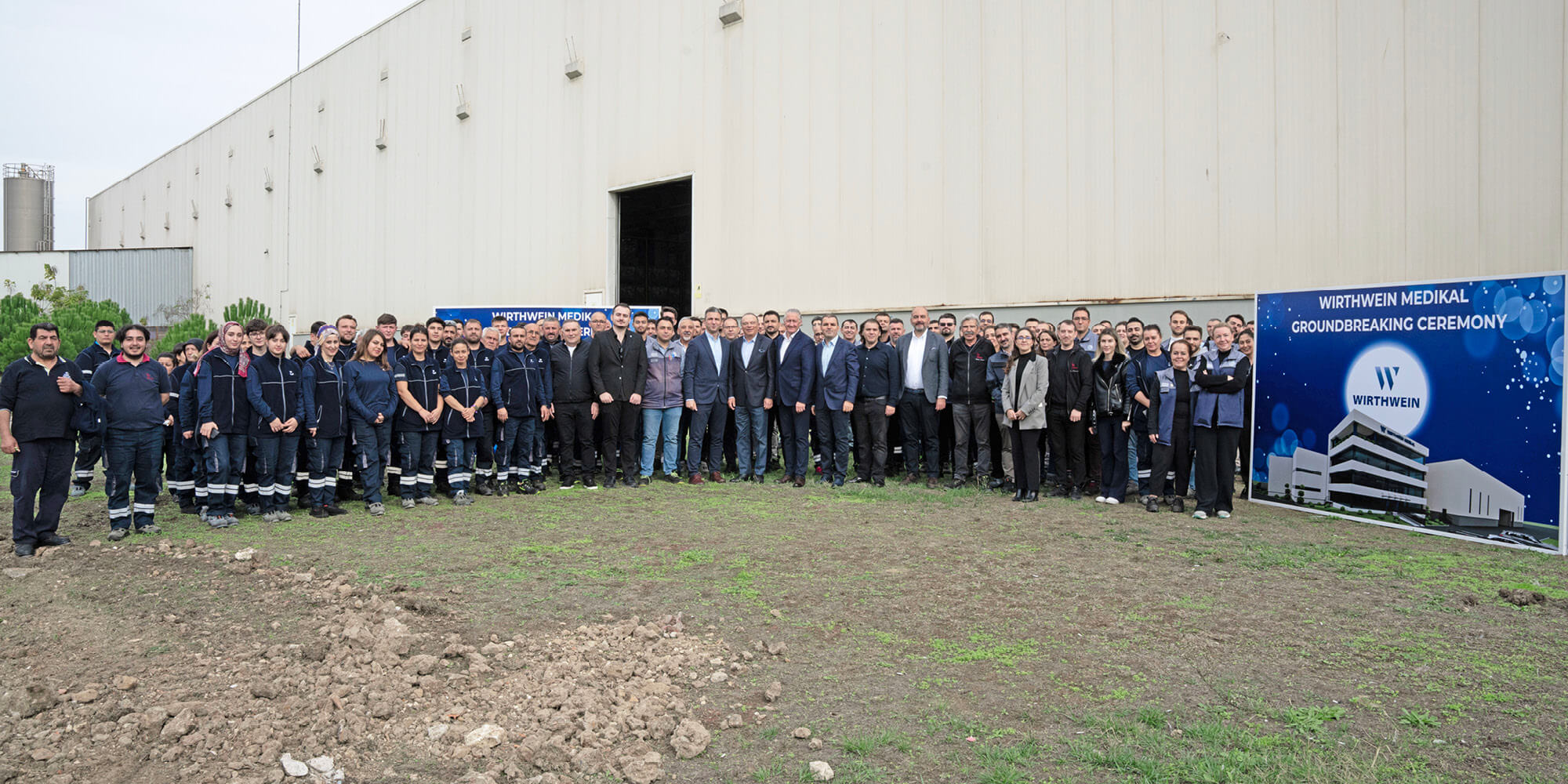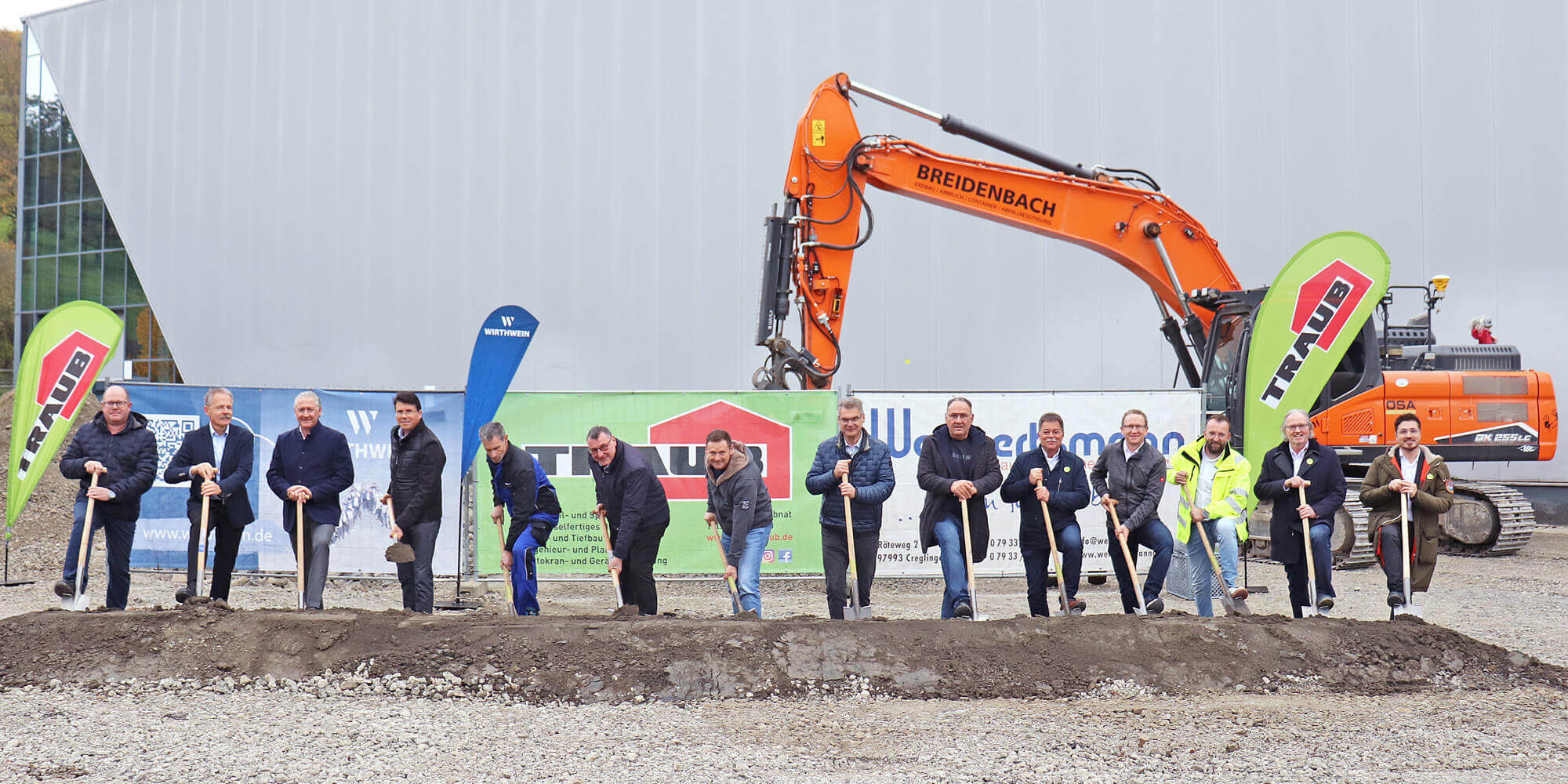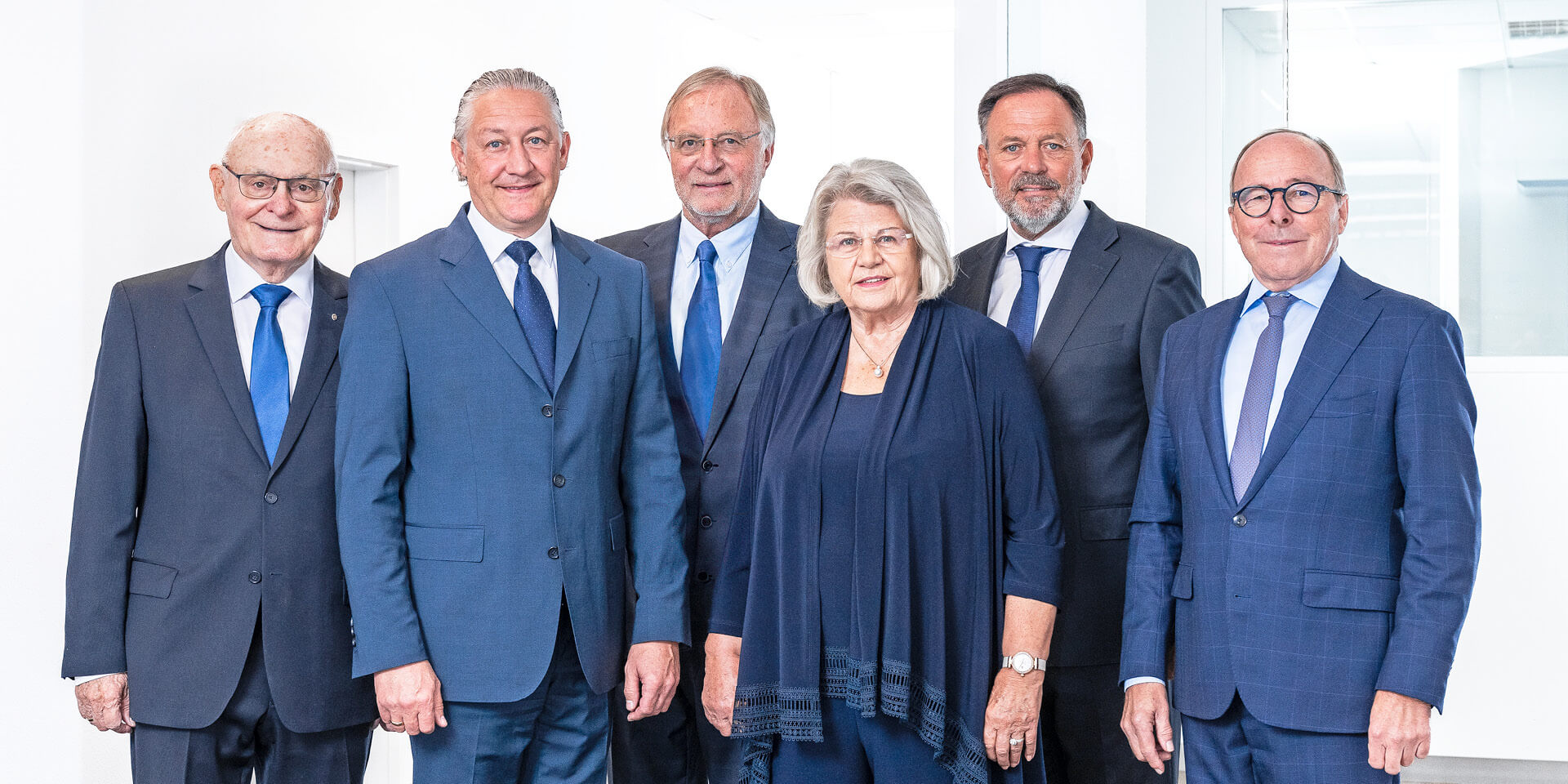First place in the “Processes and Procedures” category of the “Industrievereinigung Verstärkte Kunststoffe e. V. (AKV)” goes to the joint project “Long Glass Fiber Direct Processing” by Wirthwein and KraussMaffei.
Use and production of long glass fiber reinforced plastics
The use of long glass fibers (fiber length ~10 mm, pellet length ~12 mm) to increase strength values, especially in crash-relevant but also structurally relevant components, is now state of the art. It is impossible to imagine automotive engineering in particular without this group of materials. The use of PP-LGF (polypropylene with long glass fibers) at Wirthwein ranges from aggregate carriers to fan wheels and frames. Thanks to the strength-enhancing effect of long glass fibers, it is often possible to dispense with PA (polyamide), which is relatively expensive compared to polypropylene and has a significant impact on the CO2 footprint. Reductions of up to 200% can be achieved, particularly in the PCF (product carbon footprint). Continuous service temperatures of 1000h/150°C are also possible for today‘s polypropylene grades due to the existing additive options, which means that the use of polypropylene in temperature-critical areas no longer represents a trade-off. However, in addition to the advantages of PP-LGF, the material has two major disadvantages: The materials are relatively expensive due to the manufacturing process and the CO2 footprint is worse compared to the „standard process”.
Procedure
The glass fibers are fed to the impregnation and coating section via glass fiber rovings (fiber spools). The polymer required for impregnation and coating is prepared on two special kneaders and made available to the system. Following coating, the polymer strands run through a cooling bath to be fed into the pelletizer via a pull-off direction. Finally, the pellets are cleaned.
Cost & quality
The cost and quality of the pellets depend largely on the draw-off speed and the polymer, additive and glass fiber used. Excessively high pull-off speeds can lead to an uneven coating of the glass fiber, causing the glass fiber content to fluctuate greatly and the quality to suffer. The polymers and additives used are often optimized so that they can be used for a wide range of applications, including high-performance applications. Both factors make PP concentrates relatively expensive compared to their individual starting materials, and in some cases they are also „over-engineered”, i.e. „the quality is too high” to be used.
New development PP-LGF direct
The new development of the LGF direct process made it possible to bypass the LGF granulate production step. Instead of a complex coating, the glass fibers, the polymer and the corresponding additives are fed directly into the injection molding process. Special attention is paid to the special screw. This was developed as part of a doctorate at KraussMaffei in collaboration with Wirthwein. The adapted and optimized screw geometry significantly reduces glass fibre degradation during processing and thus ensures the functionality of the system.
Advantages compared to our current standard procedure:
- In-house formulation development: The ability to select the basic components ourselves means that a customized material can be produced for every specific application. No over-engineering.
- Direct influence on costs: Material costs can be optimized through in-house formulation development and direct influence on procurement.
- Reduction of the CO2 footprint: By eliminating the „PP concentrate” step, energy requirements and therefore CO2 emissions are significantly reduced, which is important for order placement in the Mobility business unit.
- Use of recyclates: Recyclates can also be used in the new process to reduce the CO2 footprint and material costs. In particular, the possibility of using additives to optimize the property profile makes this process highly interesting.



